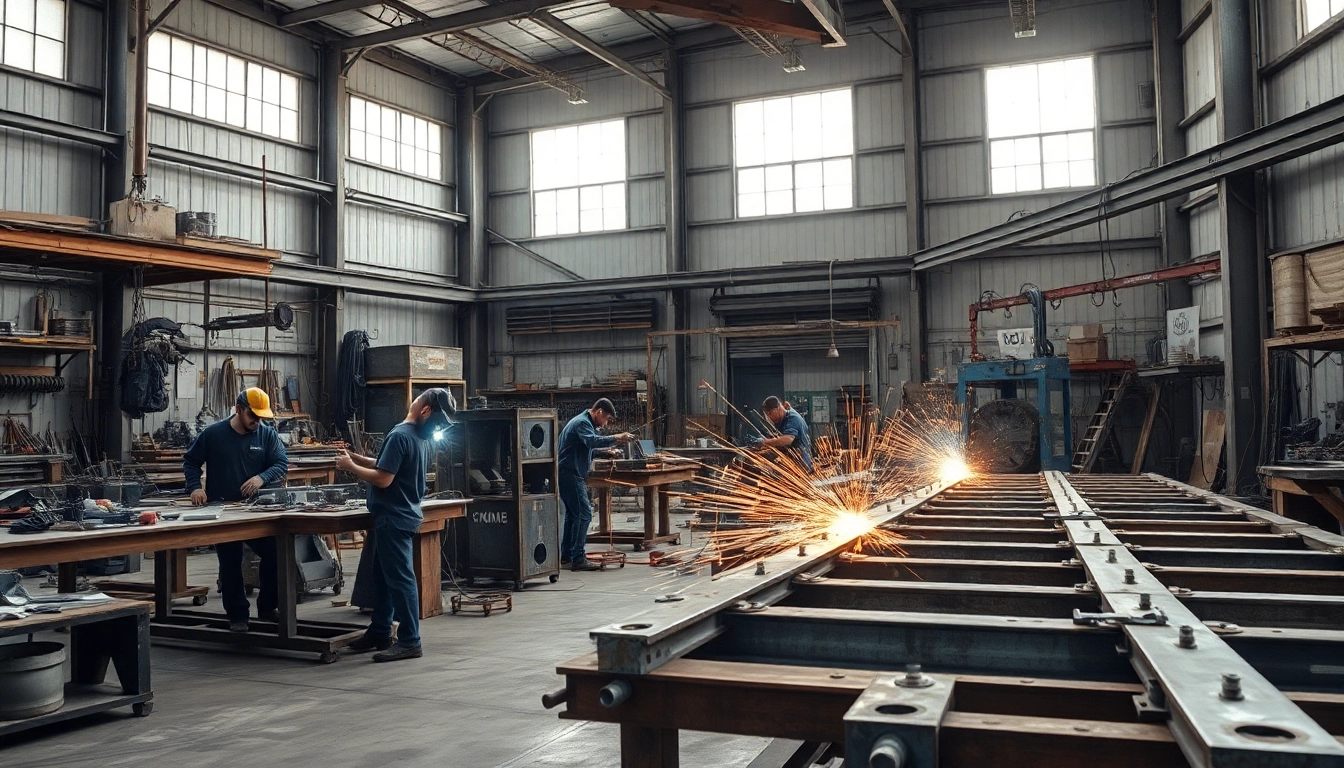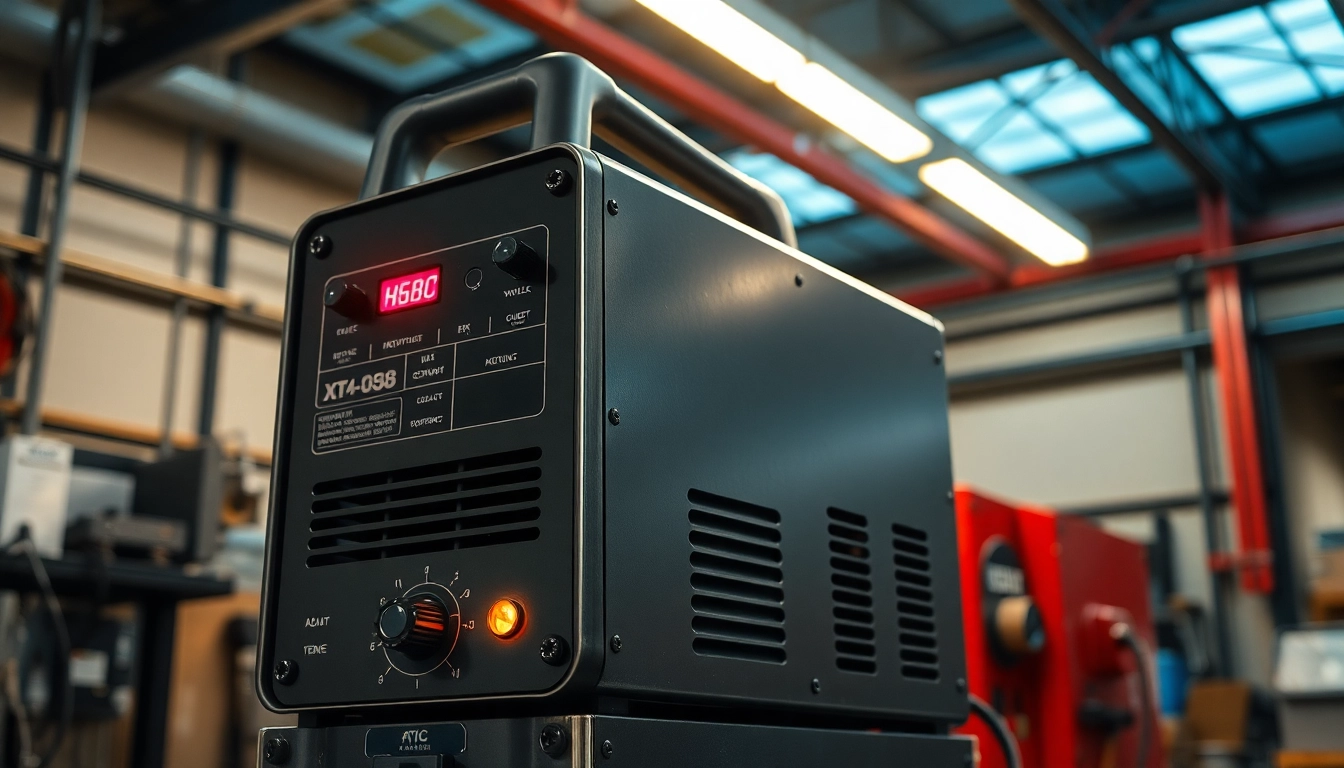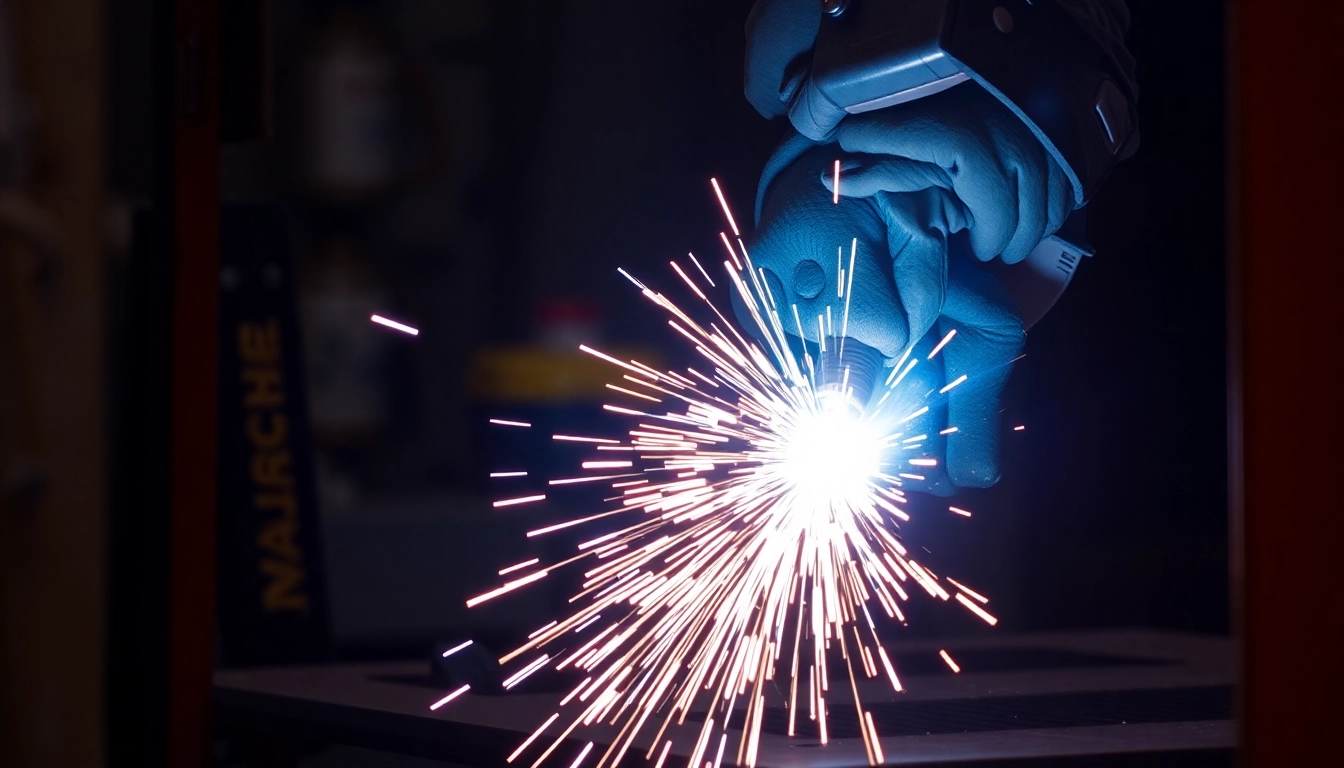Introduction to Steel Fabrication Shop
The steel fabrication industry forms the backbone of modern construction and manufacturing. As cities grow and infrastructure demands rise, the need for high-quality steel components becomes vital. A well-established steel fabrication shop stands at the forefront of this dynamic industry, providing essential services that cater to diverse projects from residential buildings to large-scale industrial applications. This article delves into the critical aspects of steel fabrication, exploring its importance, techniques, tools, challenges, and future trends.
Defining Steel Fabrication Shop
A steel fabrication shop is a specialized facility that processes and assembles steel to meet specific design requirements. This process encompasses cutting, bending, welding, and finishing steel components that are integral to various construction projects. Fabrication shops can handle a wide range of products, including beams, girders, brackets, and more. The skilled workforce in these shops employs advanced machinery and up-to-date techniques to ensure precision and quality in every steel part produced.
Importance of Steel Fabrication in Construction
Steel fabrication is indispensable in construction for several reasons. Firstly, steel is renowned for its strength and durability, making it an ideal choice for structural applications. Its flexibility further allows architects and engineers to design complex structures that would be challenging with other materials. Additionally, fabricated steel components can be pre-assembled, reducing on-site construction time, and thereby increasing efficiency. This rapid assembly can significantly cut down overall project timelines and costs, leading to faster completion of buildings and infrastructure.
Key Services Offered by Steel Fabrication Shop
A comprehensive steel fabrication shop offers a myriad of services to meet the specific needs of its clients:
- CNC Machining: Utilizing computer numerical control for precision cutting and shaping of steel.
- Welding: Various welding techniques (MIG, TIG, Stick) to join steel components securely.
- Metal Forming: Including bending and rolling services to create desired shapes.
- Assembly: Pre-assembly of structural components before delivery to the construction site.
- Finishing: Surface treatments such as painting, galvanizing, and sandblasting to protect against corrosion.
Common Techniques in Steel Fabrication
The techniques employed in steel fabrication are diverse and each serves a vital purpose in the overall process. Understanding these techniques is vital for those involved in the construction and manufacturing sectors.
Welding Methods Explained
Welding is a cornerstone technique in steel fabrication, crucial for joining metal pieces together. There are several prevalent welding methods:
- MIG (Metal Inert Gas) Welding: A popular choice for its versatility and speed. It uses a continuous wire feed and an inert gas shield to prevent oxidation.
- TIG (Tungsten Inert Gas) Welding: Known for producing high-quality, precise welds, TIG welding utilizes a non-consumable tungsten electrode and is ideal for thinner materials.
- Stick Welding: A straightforward and cost-effective method, utilizing a consumable electrode covered with a flux that generates gas to shield the weld puddle.
Each method has its advantages and is selected based on project specifics such as material type and thickness, required strength, and finishing requirements.
Cutting and Shaping Steel: Best Practices
The cutting and shaping of steel are integral parts of the fabrication process. Techniques include:
- Plasma Cutting: Utilizes a plasma torch to cut through thick steel sheets with precision. Ideal for intricate designs.
- Laser Cutting: Offers exceptional accuracy with a focused beam of light, suitable for thin gauge materials and complex shapes.
- Waterjet Cutting: Uses high-pressure water combined with abrasive materials, ideal for materials that cannot withstand high temperatures.
Best practices for cutting include ensuring that tools are well-maintained, using appropriate safety gear, and having skilled operators to handle machinery effectively.
Finishing Processes in Steel Fabrication
The finishing process is essential for enhancing the durability and aesthetics of fabricated steel. Key finishing techniques include:
- Painting: Provides protection against rust and is available in a variety of colors for aesthetic purposes.
- Galvanizing: Involves coating steel with zinc to prevent corrosion, especially in outdoor environments.
- Sandblasting: Cleans and prepares steel surfaces by removing rust, old paint, and other contaminants for improved adhesion of coatings.
Choosing the right finishing process can prolong the lifespan of the components and enhance the overall appearance of the final product.
Tools and Equipment Used in Steel Fabrication Shop
The success of a steel fabrication shop lies in its tools and equipment. Investing in high-quality machinery is critical for efficiency and precision.
Essential Tools for Metalworking
Basic metalworking tools that every steel fabrication shop should have include:
- Angle Grinders: Used for cutting, grinding, and polishing steel components.
- Band Saws: Essential for cutting metal parts quickly and accurately.
- Drills: For creating holes and fastening components together using bolts or screws.
Proper tool maintenance and training to ensure correct usage are equally important to optimize their lifespan and effectiveness in the fabrication process.
Advanced Machinery in Steel Fabrication
Advanced machinery plays a pivotal role in enhancing productivity in fabrication shops. Examples include:
- CNC Cutters: For highly precise cutting tasks that reduce material waste.
- Robotic Welding Arms: Improve efficiency and consistency in welding tasks, minimizing human error.
- Press Brakes: Used for bending metal sheets with precision and repeatability.
Investing in advanced machinery can significantly impact the quality and speed of production in a steel fabrication shop.
Safety Equipment: Protecting Workers
Worker safety is paramount in a steel fabrication shop. Essential safety equipment includes:
- Personal Protective Equipment (PPE): Hard hats, gloves, eye protection, and steel-toed boots.
- Ventilation Systems: To reduce exposure to harmful fumes and ensure clean air quality.
- Fire Extinguishers: Must be readily available to address any fire hazards that may arise during welding or cutting processes.
A strong culture of safety will empower workers and reduce the risk of accidents, which is crucial for operational efficiency.
Challenges and Solutions for Steel Fabrication Shop
The steel fabrication industry faces several challenges that require strategic solutions to maintain competitiveness in a demanding market.
Adapting to Market Demands
Fluctuating market demands can pose risks and affect profitability in steel fabrication shops. Staying ahead requires:
- Market Research: Regularly assessing industry trends and customer needs to adjust service offerings accordingly.
- Flexible Production Techniques: Implementing agile manufacturing processes to easily scale operations up or down as needed.
- Diversification: Offering a broader range of products or services to mitigate risks associated with reliance on a single market segment.
By being proactive, fabrication shops can better align with market needs and seize new opportunities as they arise.
Quality Control in Manufacturing
Ensuring high-quality outputs is critical in steel fabrication to avoid costly rework and maintain a good reputation. Implementing a robust quality control program is essential, which includes:
- Standard Operating Procedures (SOPs): Establishing clear guidelines for all processes to ensure consistency in quality.
- Regular Inspections: Conducting routine checks on materials and finished products to spot potential issues early.
- Feedback Loop: Encouraging feedback from clients to continually improve processes and services based on customer experiences.
Adopting a comprehensive quality control system can enhance product reliability and client satisfaction.
Workforce Challenges and Training
Finding skilled labor can be a challenge in the steel fabrication industry. Investing in workforce development is crucial. Strategies include:
- Training Programs: Providing ongoing training to upskill workers and keep them abreast of new techniques and technologies.
- Partnerships with Educational Institutions: Collaborating with trade schools and colleges to create pathways for new talent entering the industry.
- Incentive Programs: Developing programs that reward employees for performance and innovation can motivate and retain skilled workers.
Focusing on workforce development ensures that fabrication shops have the talent needed to meet demands and drive growth.
Future Trends in Steel Fabrication
The steel fabrication sector is evolving rapidly. Keeping an eye on future trends will help shops remain competitive and innovative.
Technology Innovations and Automation
New technologies are transforming the steel fabrication landscape. Notable innovations include:
- 3D Printing: Emerging as a feasible option for creating complex steel parts directly from digital models.
- Artificial Intelligence (AI): Enhancing decision-making processes and optimizing production schedules.
- Industry 4.0: Employing IoT devices for real-time monitoring and data collection to streamline operations and improve efficiency.
By leveraging these technologies, fabrication shops can significantly boost their productivity and reduce operational costs.
Sustainable Practices in Steel Fabrication
With increasing attention to environmental sustainability, employing eco-friendly practices in steel fabrication can be a significant differentiator:
- Recycling: Utilizing recycled steel not only reduces waste but can also lower material costs.
- Energy Efficiency: Implementing energy-efficient machinery and processes to minimize the carbon footprint.
- Green Certifications: Pursuing certifications for environmental management can enhance credibility and attract eco-conscious clients.
Commitment to sustainability can create competitive advantages while positively impacting the environment.
Emerging Markets for Steel Fabrication Shop
The global market for steel fabrication is expanding, opening new avenues for shops to explore:
- Renewable Energy Sector: As the world shifts towards renewable energy, the demand for fabricators to produce components for wind and solar energy installations is increasing.
- Infrastructure Projects: Urbanization and the need for rebuilding aging infrastructure present substantial opportunities for fabricators.
- Modular Construction: The rise of prefabricated and modular construction techniques is creating new demand for carefully manufactured steel components.
By identifying and investing in these emerging markets, steel fabrication shops can position themselves for sustained growth and success.
Conclusion
The steel fabrication shop plays a crucial role in modern construction and manufacturing. By understanding and implementing effective techniques, utilizing the right tools, addressing challenges proactively, and keeping abreast of future trends, shops can thrive in this dynamic industry. Emphasizing quality, safety, and sustainability will not only enhance operational efficiency but also boost client satisfaction, ensuring a successful future in the steel fabrication market.


